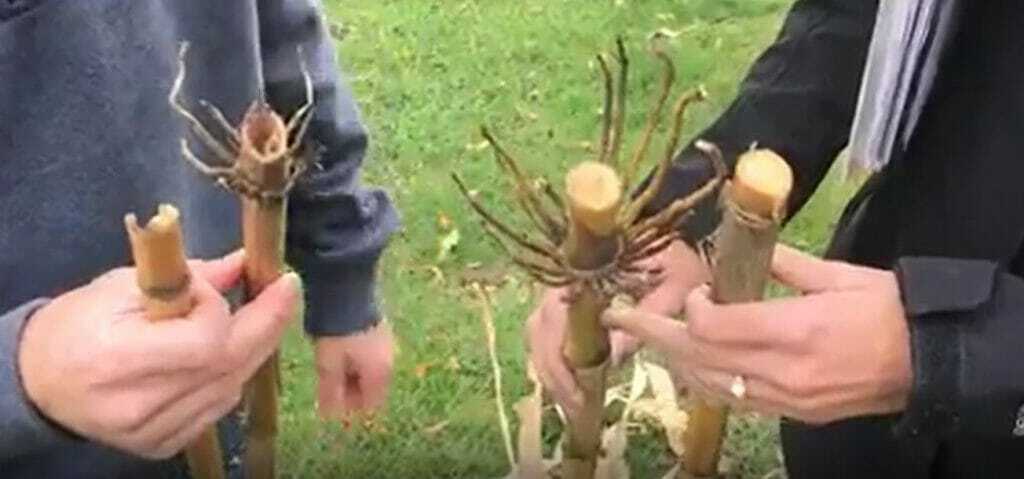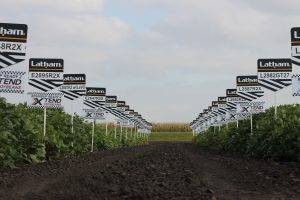-
Latham Hi‑Tech Seeds
#AskTheAgronomist: Late-Season Soybean Pests
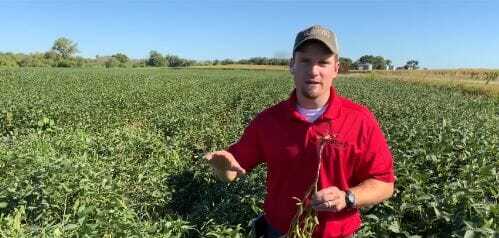 Join us as we discuss the top 3 late season soybean pests. From identification to management and planning for the future, Phil Long shares key takeaways. #AskTheAgronomist:58 — Topic introduction2:05 — SDS5:00 — Frogeye Leaf Spot7:00 — Aphids9:45 — Soybean staging
Join us as we discuss the top 3 late season soybean pests. From identification to management and planning for the future, Phil Long shares key takeaways. #AskTheAgronomist:58 — Topic introduction2:05 — SDS5:00 — Frogeye Leaf Spot7:00 — Aphids9:45 — Soybean staging -
Latham Hi‑Tech Seeds
Ask The Agronomist: Soybean Fungicide
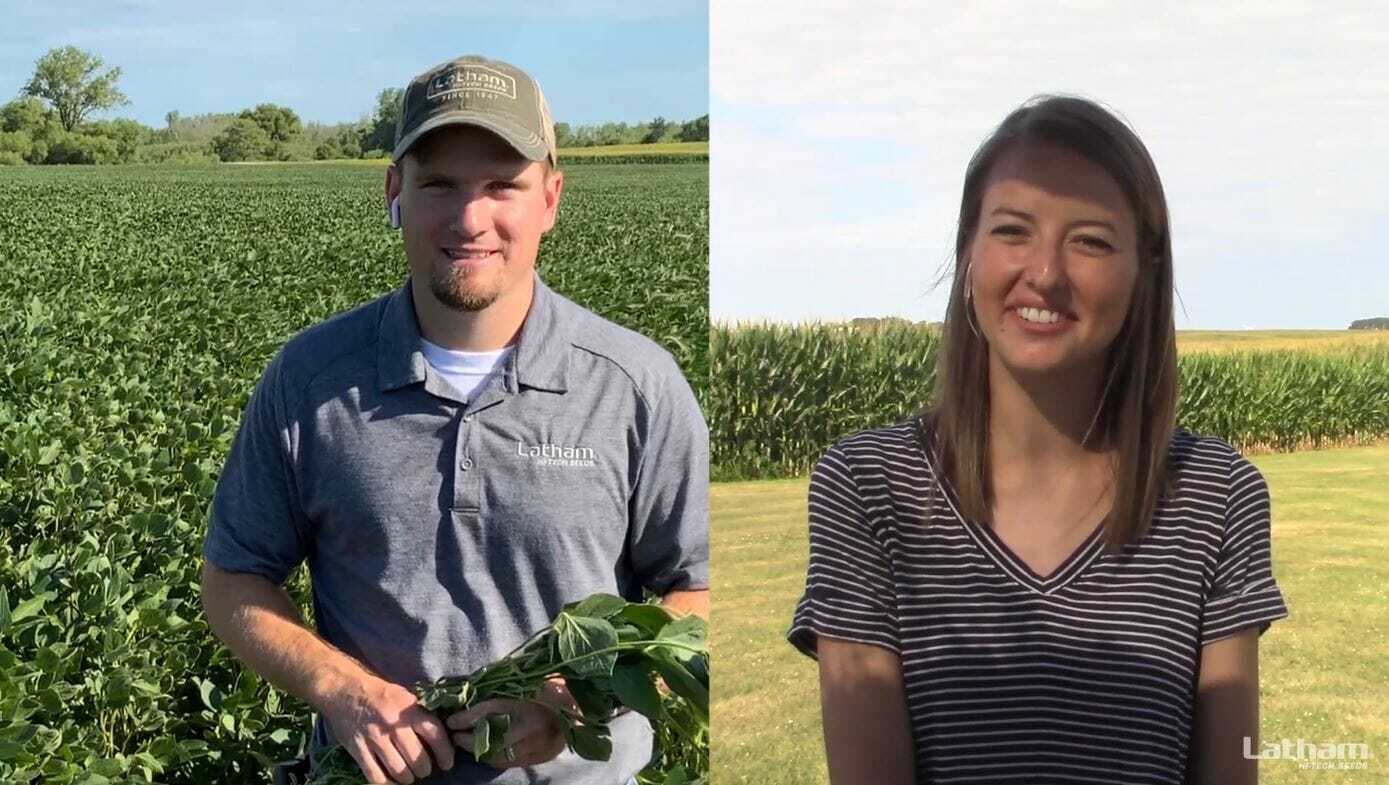 Are soybean fungicides worth it? Tune in while Phil Long discusses the benefits of soybeans fungicides and various pest pressures present in the field. #LathamSeeds:35 — Topic Introduction1:00 — Soybean staging2:00 — When to spray soybean fungicide3:10 — Current in-field disease pressure4:35 — Current aphid pressure6:10 — Bacterial issues7:50 — Soybean fungicide breakeven0:00 — Final thoughts
Are soybean fungicides worth it? Tune in while Phil Long discusses the benefits of soybeans fungicides and various pest pressures present in the field. #LathamSeeds:35 — Topic Introduction1:00 — Soybean staging2:00 — When to spray soybean fungicide3:10 — Current in-field disease pressure4:35 — Current aphid pressure6:10 — Bacterial issues7:50 — Soybean fungicide breakeven0:00 — Final thoughts -
Latham Hi‑Tech Seeds
Ask The Agronomist: Is It Time for Corn Fungicides?

Tune in for discussion on emerging corn diseases and tips on determining if it is time for fungicide application. #LathamSeeds
:25 — Topic introduction
1:00 — Current environmental changes
2:20 — Emerging corn diseases
4:45 — Identifying disease pressure
6:30 — Positive impact of fungicide application
8:40 — Fungicide type
-
Latham Hi‑Tech Seeds
Planting and Cold Temps
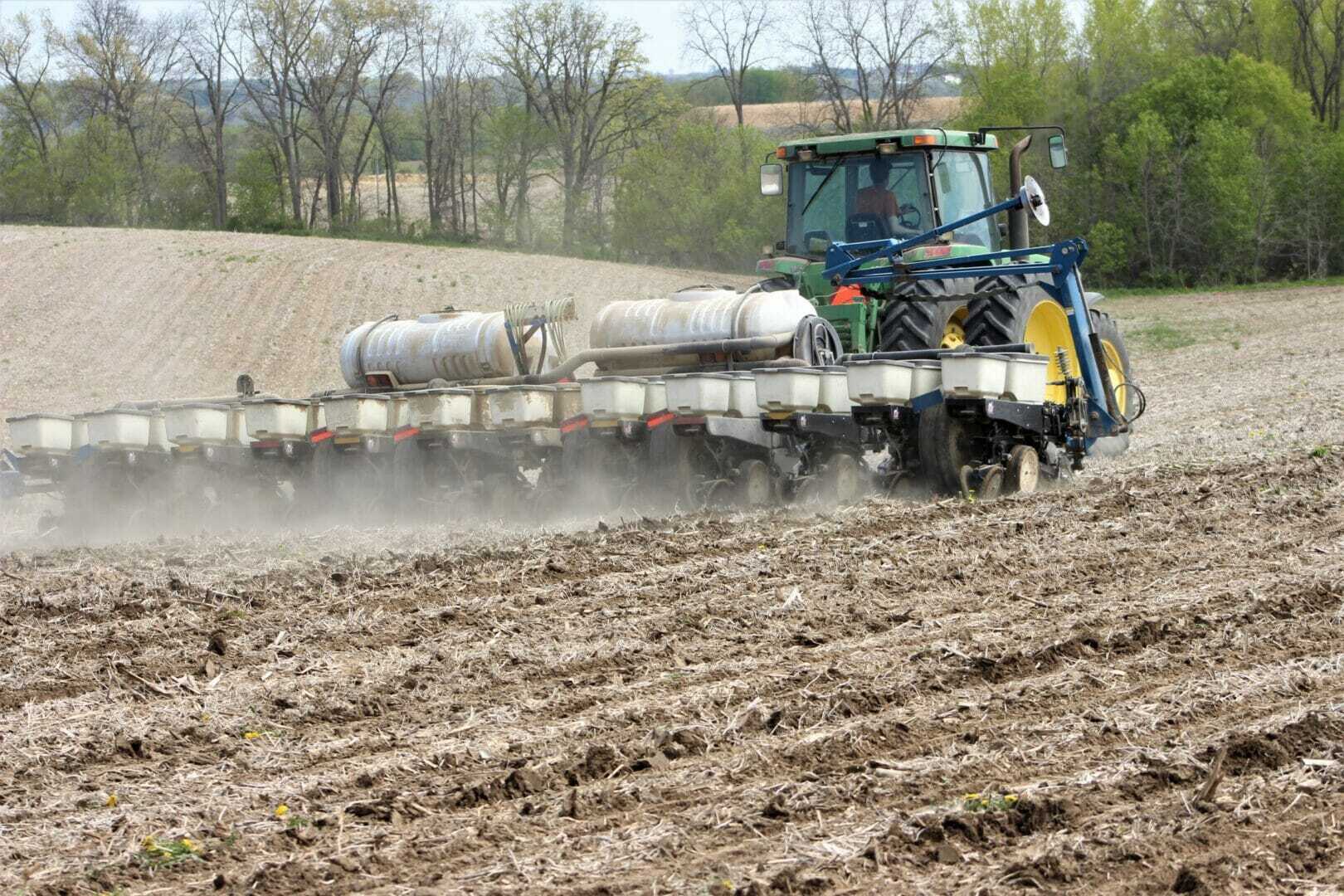
Seeds absorb moisture within hours after planting and begin the germination process almost immediately. When corn seeds absorb water colder than 50°F, imbibitional chilling or cold shock may occur.
These three symptoms of cold chill may be evident at emergence, during the growing season and at harvest time:
- Absorbing cold water causes the cell membranes to rupture and release fluids that provide food sources for soil pathogens. These can invade developing seedlings and dramatically harm the germination.
- When a seed imbibes cold water, the early season vigor of young corn plants may be negatively impacted. Weak root systems with gnarled primary roots might result.
- Wet soils drain kernels of their energy reserves, so seedlings that struggle for a week or more to emerge may have erratic emergence and uneven growth. Many of these fields experience disappointing yields at harvest due to reduced stands and decreased seedling vigor.
Call into the Latham® office and we will get you connected with one of our agronomists. Happy Spring!
-
Latham Hi‑Tech Seeds
Effects of Early Planting
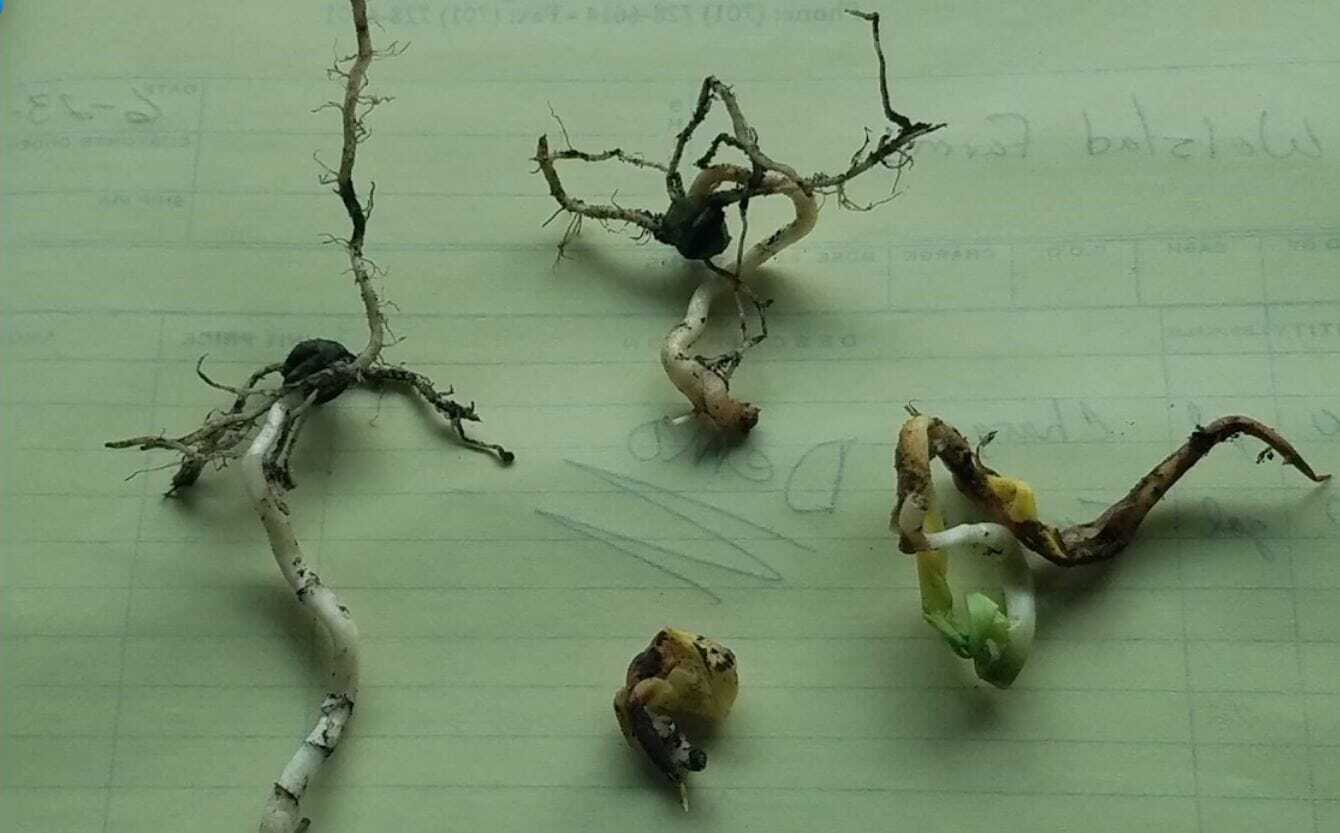 Do cool soils affect corn or soybeans more? Tune in as Phil Long discusses how cold temps affect corn and soybeans differently. #LathamSeeds0:12 — Welcome & topic introduction2:00 — Days to emerge5:50 — Corn cold injury potential8:15 — Soybean cold injury potential10:35 — Forecast of opportunity
Do cool soils affect corn or soybeans more? Tune in as Phil Long discusses how cold temps affect corn and soybeans differently. #LathamSeeds0:12 — Welcome & topic introduction2:00 — Days to emerge5:50 — Corn cold injury potential8:15 — Soybean cold injury potential10:35 — Forecast of opportunity -
Latham Hi‑Tech Seeds
Ask The Agronomist: SCN & SDS

Join us live this morning as we discuss how to plan for Soybean Cyst Nematodes and Sudden Death Syndrome this spring. #AskTheAgronomist
0:45 Topic introduction
1:41 SCN economic impact
3:01 SDS economic impact
3:36 Managing SCN & SDS
7:50 Data Forward Program can help -
Latham Hi‑Tech Seeds
Tar Spot
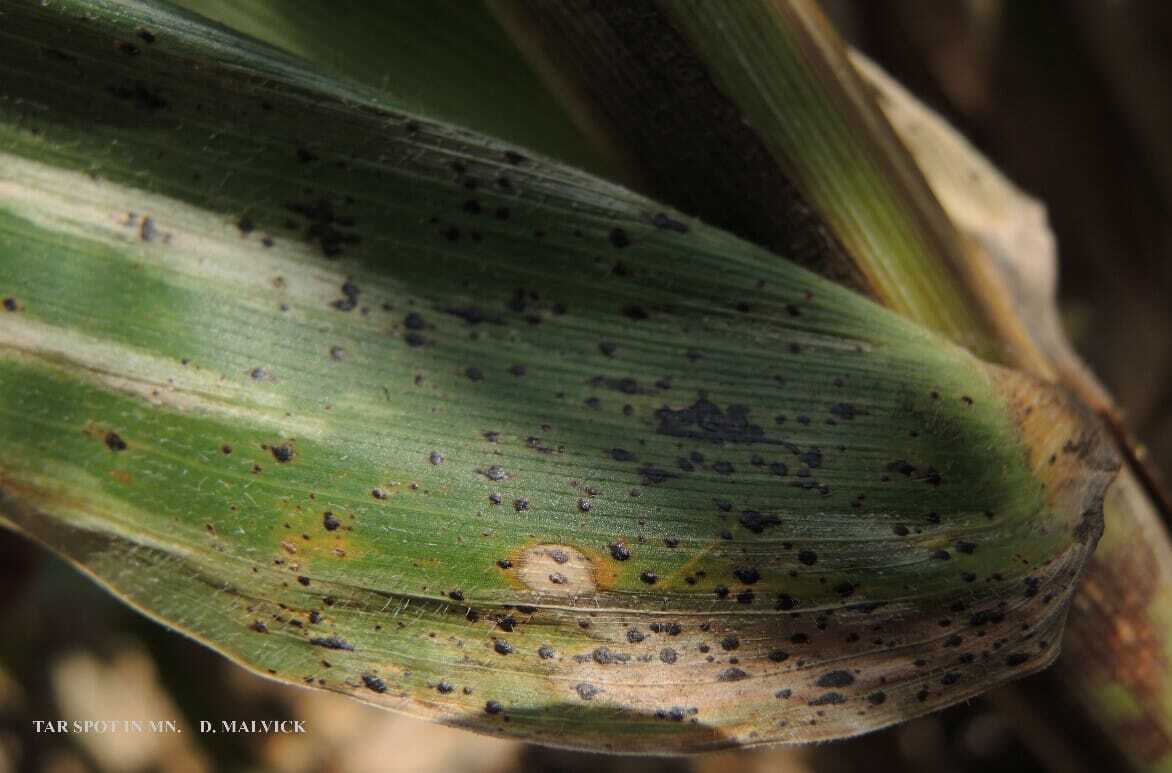
What is Tar Spot?
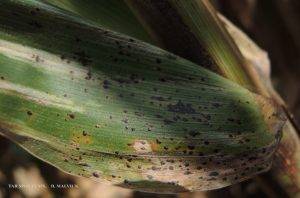 Tar Spot is a corn fungal disease that has been infiltrating the Midwest within the last few years. Tar spot has the capability to severely impact yields up to 30%. Concern about the intensity of this fungus grows as researchers learn more about it. We urge farmers to scout their fields through harvest for tar spot since this fungus can survive over winter year to year.
Tar Spot is a corn fungal disease that has been infiltrating the Midwest within the last few years. Tar spot has the capability to severely impact yields up to 30%. Concern about the intensity of this fungus grows as researchers learn more about it. We urge farmers to scout their fields through harvest for tar spot since this fungus can survive over winter year to year.Tar Spot Identification
Tar spot will show up as small, raised blacks spots, on the upper and lower corn leaves. The raised black spots are also known as stromata. If severe enough, it can spread to leaf sheaths and husks. Typically, it will start lower in the canopy and move upward. Tar spots are usually accompanied with a yellow halo or fish-eye effect around the black spots. Note the stromata, cannot be rubbed off unlike a common or southern rust pustule.
The Importance of Scouting
This corn fungus has nearly made it across Iowa and is continuing to spread in Wisconsin, Illinois, Indiana and Missouri. Tar Spot likes cool temperatures and humid conditions, with prolonged leaf wetness or heavy dew and will concentrate towards the middle of the field. It can cause lodging and hasten maturity.
Final Thoughts
This is one of the variables in farming we continue to learn about. Scout now and start planning for next season. Product selection is key when fighting these variables year to year and important to integrate into your plan for the next growing season.
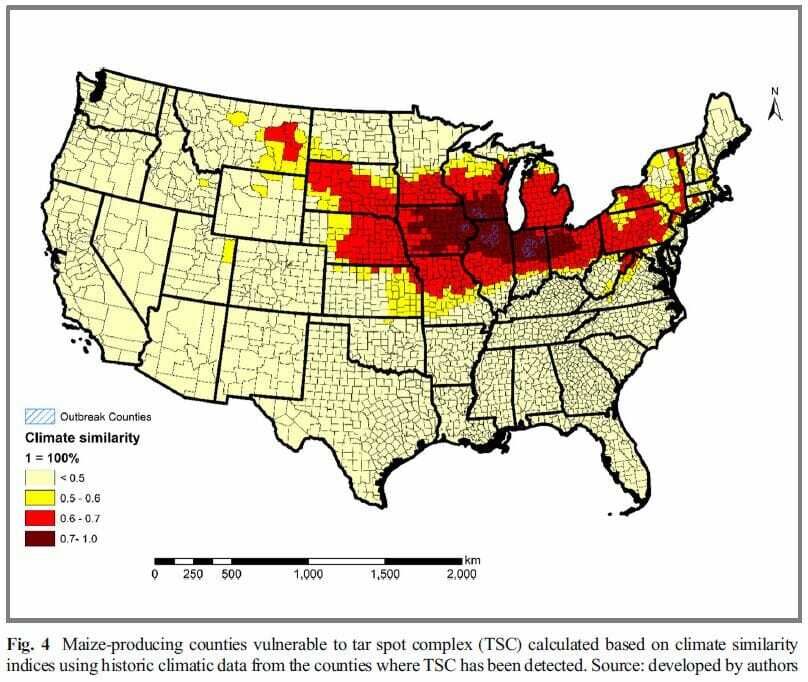
“Threats of Tar Spot Complex disease of maize in the United States of America and its global consequences” (Mottaleb et al. 2018). -
Latham Hi‑Tech Seeds
#AskTheAgronomist: Scout for Tar Spot this Fall
 Could Tar Spot be the next Gray Leaf Spot? Tune in for our #AskTheAgronmist discussion!!0:25 Crop report update1:21 Tar spot topic introduction2:10 Identification of tar spot3:25 Favorable tar spot conditions5:05 Where to find tar spot in your fields6:25 The spread of tar spot9:35 How does tar spot survive through winter10:45 Take home points on tar spot
Could Tar Spot be the next Gray Leaf Spot? Tune in for our #AskTheAgronmist discussion!!0:25 Crop report update1:21 Tar spot topic introduction2:10 Identification of tar spot3:25 Favorable tar spot conditions5:05 Where to find tar spot in your fields6:25 The spread of tar spot9:35 How does tar spot survive through winter10:45 Take home points on tar spot -
Latham Hi‑Tech Seeds
Adjust Your Harvest Plan to Address Stalk Rot
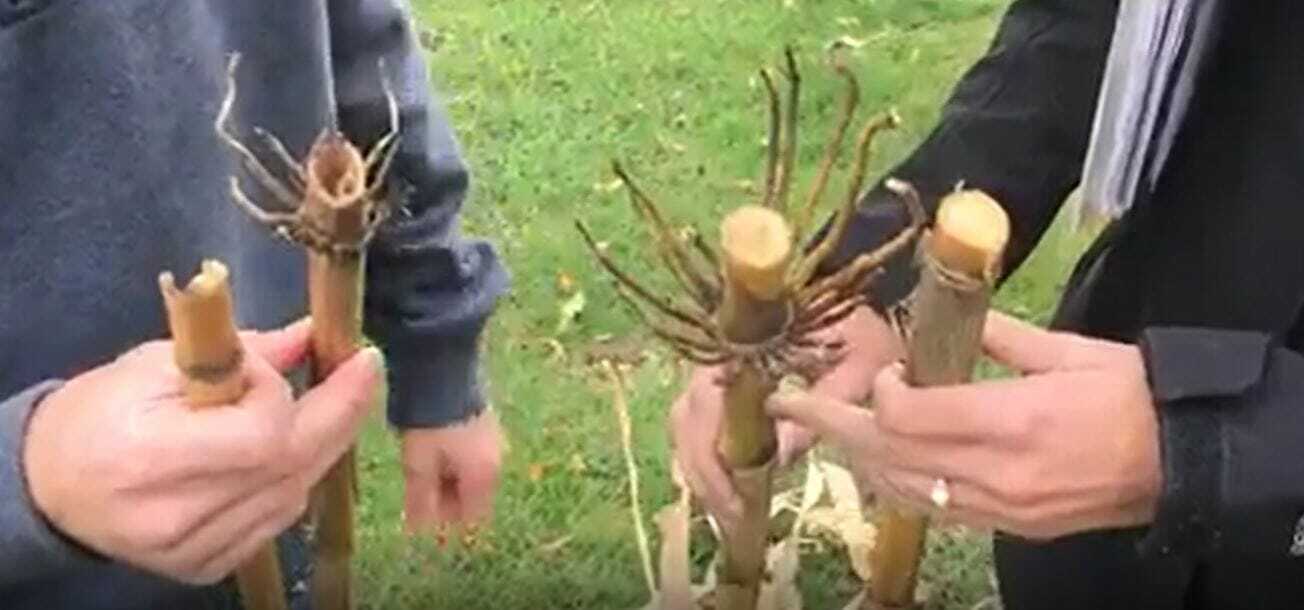
Many Latham sales managers, dealers and customers have shared their concerns about the excessive rainfall received. Most of Latham Country in the last few weeks have been wetter than normal.
Wet weather brings to mind diseases, and too often we see corn fields with some leaf and stalk quality issues late in the season. I’ve personally seen a lot of Common Rust, Northern Corn Leaf Blight, Gray Leaf Spot and Eyespot this year.
Even with harvest underway, it’s important to continue checking fields and assessing stalk integrity as weather conditions can cause crop conditions to change. Ideally, farmers harvest the driest fields first so crops can dry naturally. This obviously saves time and money, but those plans must be revised if stalk rot shows up.
There are two primary ways to check corn plants for stalk rot: (1) Pinch the stalk at the base of the plant, usually below the first and second nodes. If the stalk pinches easily between your fingers, stalk rot is likely. (2) Take the entire stalk and bend it to a 45-degree angle. If stalk rot is present, the plant usually breaks at the lower part. Do this with at least 10 plants from different areas of your field to provide a good sampling. If stalk rot is present, harvest that field as quickly as possible regardless of the moisture content. The yield that could potentially be lost during high winds or complete rot will far outweigh the extra cost of drying grain.
Weather will, of course, dictate how corn stalks hold up to disease and normal decay. Adjust your harvest plan if needed to harvest the worst first.
-
Latham Hi‑Tech Seeds
Product Observations Can Identify Seed Needs
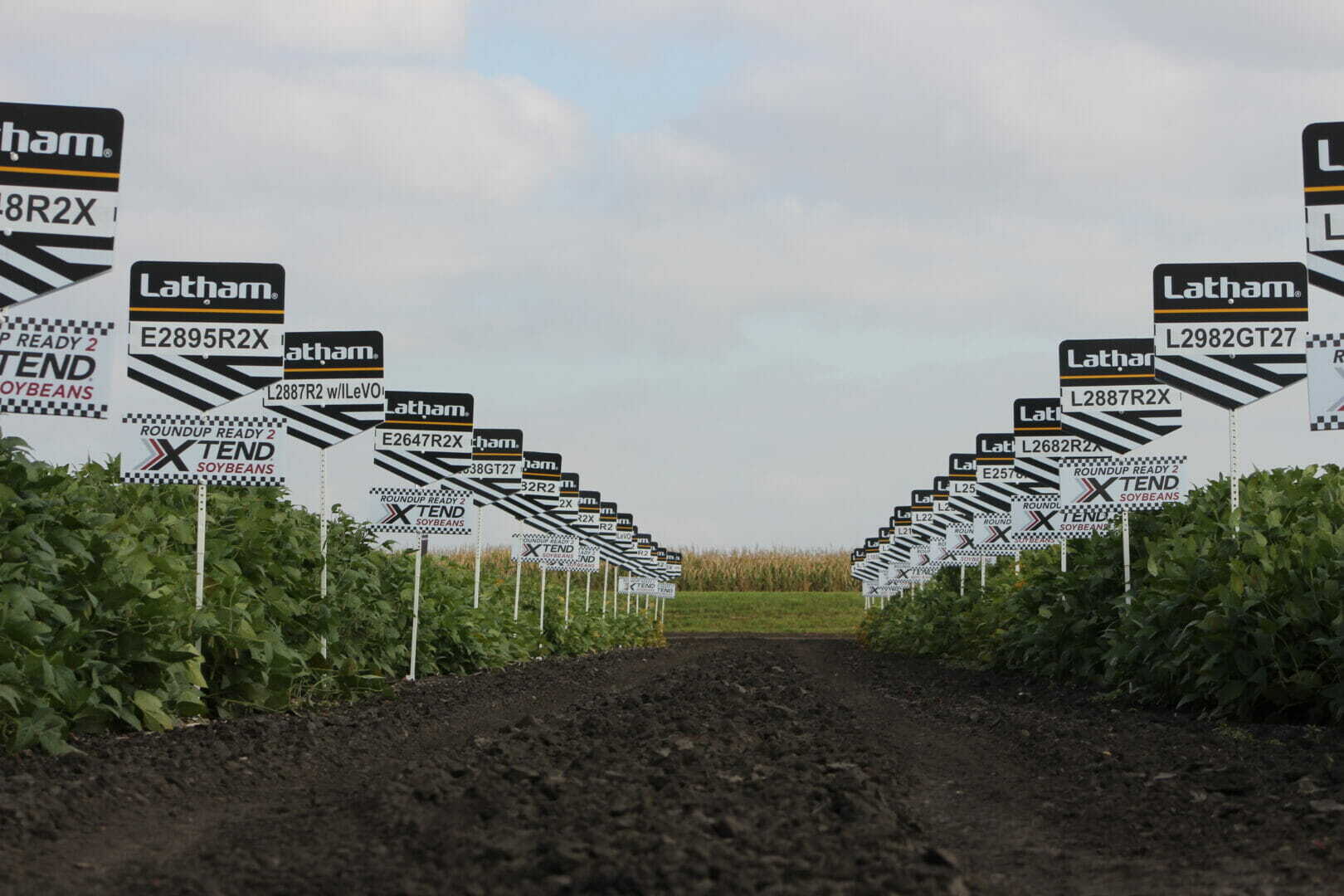
Latham product team members have been busy traveling to our SuperStrip™ and other research plot locations across the Upper Midwest.
It’s our job to take notes to help our company offer the best possible product lineup, as well as to assist our customers in choosing the best products for their given situations.
We also encourage you to take notes on your own fields to help identify your seed needs for next year. We recommend keeping an eye out for the following:
Physoderma in corn: While this isn’t a new disease, it’s been getting more publicity recently because some fields have suffered economic damage. Physoderma is a soil-borne fungus that seems to surface when there are warm early season temperatures followed by rainy periods, causing water to sit in the whorls during the v5 to v9 stage. Sporangia release huge amounts of zoospores that can literally swim their way to attack plant cells. Leaf symptoms include yellow-to-brown spots on the leaves and dark purple oval spots along the midrib. The real damage happens on the lower nodes of the plant that become weak and thus susceptible to breakage. Look for a brown to black ring of decay around the node. I’ve heard reports of fields in Illinois where 75% of the plants have broken. While physoderma seems to be more of a problem on the eastern side of our area, it has been identified in Nebraska.
Soybean Gall Midge: This insect pest is so new that entomologists aren’t entirely certain what species it is. It was reported in Nebraska in 2011 and South Dakota in 2015. Just last fall SGM was recorded in 69 counties of Nebraska, Iowa, Minnesota and South Dakota.
Sudden Death Syndrome and White Mold: Scout your fields all the way to maturity, So you don’t have any big surprises come harvest. Also remember to plant Latham® IRONCLAD™ products in these affected areas in the future. I’ve heard of some areas In southern Iowa and northern Illinois that are showing signs of Frogeye Leaf Spot, but I haven’t seen any of those myself – yet!
Weed resistance continues to be a growing issue. Last year I noticed serious problem fields in Wisconsin. Previously, Wisconsin farmers controlled weeds with glyphosate and some tank mix combinations. It’s becoming very obvious that weed resistance in Wisconsin is catching up quickly with the rest of the Upper Midwest. Exercise your weed control options in 2019 with Independent Latham Hi-tech Seeds.
